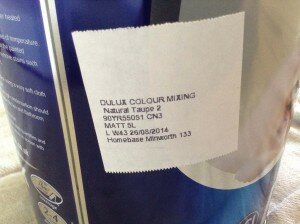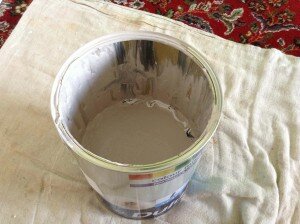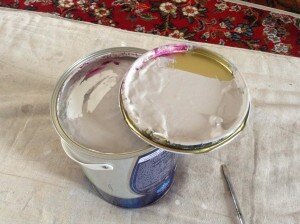I am a great believer in the expression ‘the customer is king’ and have found that if you hack off a customer they almost immediately become an ex-customer.
Also when you do something good a customer might tell three other people but when you do something bad they will tell at least ten people.
Bathstore were recently placed in a position to rescue an error on their part but in my opinion have singularly failed to respond appropriately making a bad situation worse and leading me to feel the need to write about it here.
Having sold my customer a basin and a pedestal that were completely incompatible and which did not fit together the customer was inconvenienced by:
1) Having to return the parts
2) Having to buy an alternative more expensive replacement basin
3) Having to wait for delivery of the replacement parts
4) Having to have me back incurring extra cost to fit the basin since I couldn’t fit the one they had on the day I was there to also fit a shower enclosure.
5) They had to be without a basin provision for 4 days.
6) The new basin was an inch taller necessitating changes to the waste connection.
The compensation Bathstore have given for all this inconvenience and additional cost is ZERO.
My client’s email to Bathstore reads:
Thank you for your email concerning the problem we have had with our order. I knew our fitter had emailed you as he was extremely amazed when he came to install the basin and found out that it was entirely incompatible with the pedestal.I immediately contacted the store in Sutton Coldfield where purchased and was told the two items were shown as compatible on their computer. This basin was also on show in the showroom with the same pedestal but it has now been established they were not actually put together properly. The pedestal was just pushed underneath the basin which was actually attached to the wall.We have been put to a lot of extra expense and inconvenience due to this error : the replacement items are more expensive and the basin smaller, (although that is not too much of a problem), our plumber could not finish the work in our shower room, we are without a basin in the room, we had to return the incorrect items ourselves and are having to stay in today for delivery of the, hopefully, correct items. Despite being told we would be informed whether the delivery would be am or pm, we have not and so either my husband or myself have to be here.In light of the above comments, we would think twice before using Bathstore again or recommending the company.
______________________
I don’t have to think twice and will strongly suggest future clients shop anywhere but Bathstore







Recent Comments